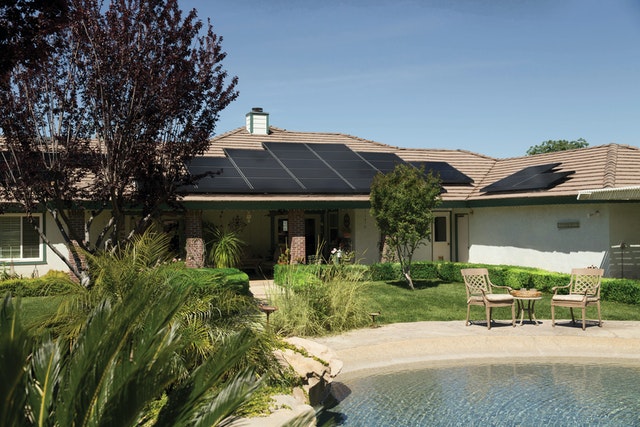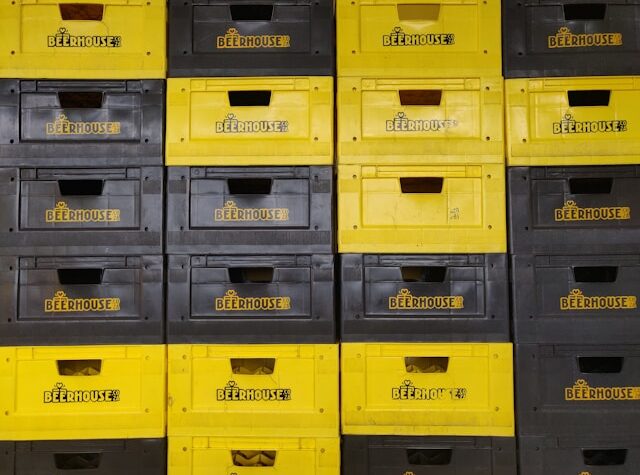
Consider safety measures, costs, and community solar programs when choosing a solar installer. A poorly designed system can lead to significant lost production, which can be costly over the system’s lifespan. An incorrectly installed system can also be hazardous if electrical work is not done correctly. By following these tips, you can reduce the risks associated with a poorly designed solar system and ensure that your solar system is well built to last for decades. Learn more about it here.
Safety measures
Among solar installers’ essential safety measures is wearing safety gloves while working. Most people aren’t aware of these protocols, but following them will ensure the workers’ well-being and the system’s longevity. In addition to wearing gloves, solar installers should also make sure to use proper safety equipment, such as heavy-duty drill machines. These machines often contain extension cords, which can be hazardous if they are not adequately protected.
The risk of falling when working with solar panels is exceptionally high, so solar installers must wear safety glasses and other personal protective equipment. Working in dry, well-ventilated conditions and using proper tools is also essential. Always look where you’re walking and protect yourself from the sun’s ultraviolet rays. Lastly, wear plenty of sunblocks, as installing solar panels can expose you to the sun for long periods.
Costs
If you’re looking for solar power for your home, you’ve probably wondered about the costs. A grid-tied solar system can range in price from $15,000 to $21,000. However, costs vary greatly, depending on size and efficiency. In general, the larger the system, the lower the costs. It is also possible to send excess energy back to the grid, earning credit against future charges. But how much does it cost to install a solar panel?
The cost to install 30 panels costs from $7,500 to $18,000, depending on the wattage of each panel. Premium panels, with higher wattage, cost more than standard panels. But they produce more energy. So, a higher-wattage system is your best option if you want to save money on the electricity bill. However, premium panels are expensive, so you should consider them before buying them. And remember that they will only last for 20 years if properly installed.
Lung cancer risk
Recent studies have linked high-frequency solar radiation to lung cancer. The current study’s findings, published in Science, support this theory. However, they point to a lack of conclusive evidence. While the results of previous studies may suggest that solar energy installers’ work causes lung cancer, a study published in Environmental Research indicates that the sun’s ultraviolet rays increase the risk of lung cancer.
Unlike conventional power plants, solar panels do not produce ultraviolet light and are exposed to UV rays when placed in the sun. Therefore, it is likely that anyone lying on them would be burned. Further, solar panels are made from silicon dust, which is known to cause pneumonoultramicroscopic silico-volcanosis. Solar panels are often fashioned into metal frames to reflect very little light and are designed to absorb the maximum amount of sunlight.
Community solar programs
While community solar can reduce the cost of electricity, there are also risks. Using community solar on industrial land or under-resourced communities can negatively impact communities. For example, one solar community project in Washington, D.C., is located on a petroleum-contaminated site and will serve 780 households. The program also reduces urban heat islands, as under-resourced neighborhoods typically have more surface area and fewer green spaces.
One of the biggest concerns with community solar is the long-term nature of the subscriptions. Most subscriptions last up to 20 years, which is inconvenient for individuals or those with changing housing circumstances. Another concern is that many community solar providers require their subscribers to be within a strict credit range, usually between 680 and 700. This makes solar community projects unattractive to those with low credit scores. In addition, the risk of a customer defaulting on the subscription can be substantial, as the subscription can last anywhere from a year to ten years.
Government rebates
State-based programs are available in many states, but not all. Check with your state government for details to take advantage of these programs. Connecticut is one of those states. Connecticut offers a sales and property tax credit for renewable energy equipment, including solar panels. The state also provides a loan for solar systems, and qualified families can borrow up to $40,000 at a low-interest rate for five to 12 years. In addition, you can cut your solar installation costs by 10% to 20% by combining state and federal incentives.
The Federal Solar Tax Credit was passed in 2005 and is currently in effect. The rate is 30% but will fall to 22% by 2022. This credit is available to businesses and homeowners for new solar systems and those used for the first time between 2006 and 2023. However, this tax credit is not guaranteed, and the amount is only capped at what you owe in taxes. For this reason, it’s essential to plan to maximize your savings.





More Stories
Measuring the ROI of Social Listening Tools for Business Success
Community Solar Programs in Your State – What You Need to Know
Five factors to think about before hiring a printer repair service